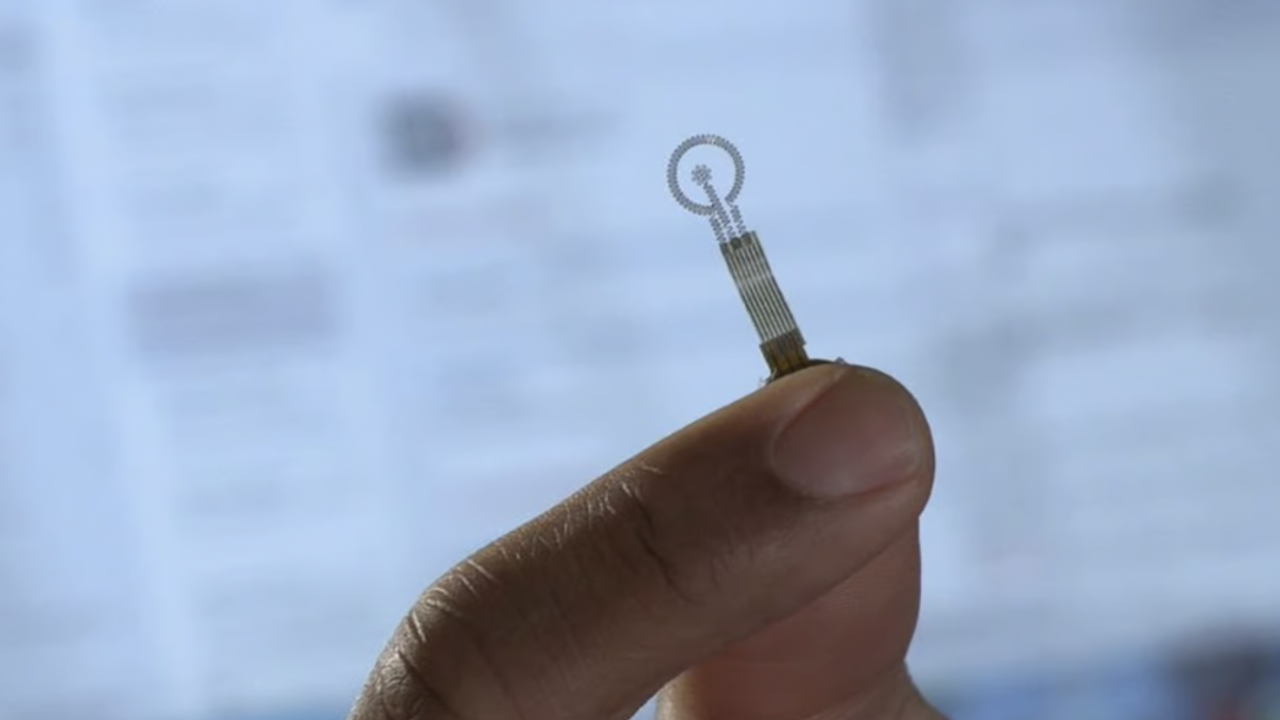The scientists note that once the healing process is complete, the materials are lost naturally and any tissue damage that can be caused by physical extraction is avoided. They believe this could be a game changer for diabetics and others who face serious complications from frequent and slow-healing wounds.
“When a person has a wound, the goal is always to close the wound as quickly as possible,” said Guillermo A. Amir, co-leader of the study. “Otherwise, the open wound is susceptible to infection. And for people with diabetes, infections are even more difficult and dangerous to treat.”
The battery-free electronic patch gently wraps around the wound, the flower-shaped electrode is placed over the injury site, and the ring-shaped electrode surrounds the injury and rests on healthy tissue. In one mouse study, the results showed that wounds healed 30% faster. At this time, the wound can be monitored wirelessly by measuring the resistance of the electric current. If the current measurement remains high, this may alert the patient’s physician that the wound is not healing properly and may intervene. It creates a moist environment while the wound is trying to heal. It should dry out while it heals. Moisture changes current, so poor wound healing can be detected.
Source: Ferra
I am a professional journalist and content creator with extensive experience writing for news websites. I currently work as an author at Gadget Onus, where I specialize in covering hot news topics. My written pieces have been published on some of the biggest media outlets around the world, including The Guardian and BBC News.











